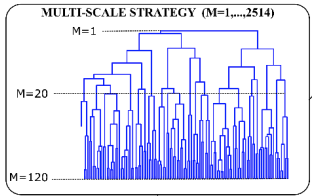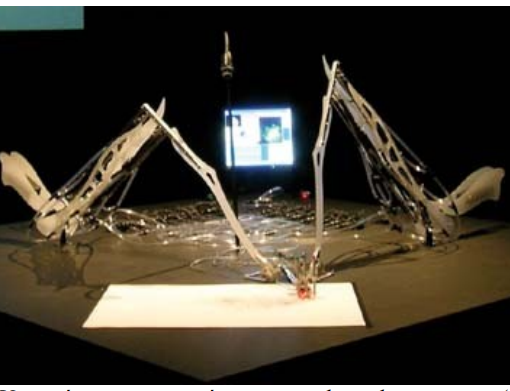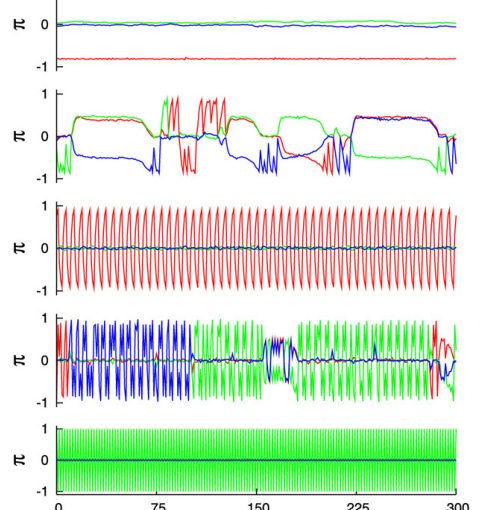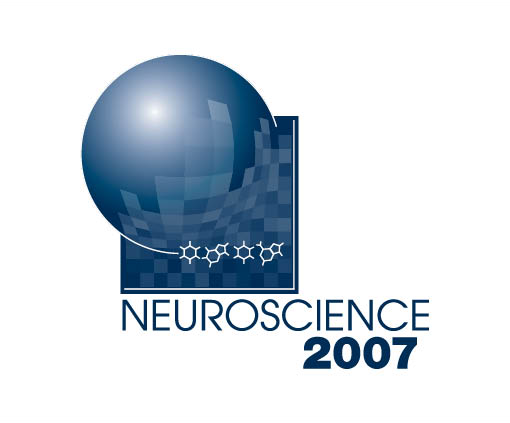Jesús M. Cortes, Borja Camino-Pontes, Antonio Jimenez-Marin, Iñaki Escudero, Beatriz Mateos, Alberto Cabrera-Zubizarreta, Miguel Ángel Muñoz, Sebastiano Stramaglia, Marta Subiran, Jorge Garcia-Condado, Paolo Bonifazi. Brain Hierarchical Atlas: Multi-Scale vs. Optimal Strategies in the Healthy and Pathological Brain. OHBM 2022 – Organization for Human Brain Mapping [pdf]
Introduction:
Elucidating the intricate relationship between brain structure and function is a classical –yet not fully understood– challenge for modern neuroscience. We developed the brain hierarchical atlas (BHA) [Diez et al., 2015] adopting a systems approach using hierarchical agglomerative clustering to combine structural connectivity (SC) and functional connectivity (FC) matrices into a common atlas. Here, we present several subsequent studies using BHA with either a multi-scale strategy (MSA), combining different network resolutions, or an optimal strategy (OPS), where the number of network nodes is fixed after optimization of a given cost-function. Following MSA, we show how brain networks reorganize after traumatic brain injury in a pediatric population [Diez et al., 2017], how a combination of SC and FC can accurately predict brain aging [Bonifazi et al., 2018], the existence of intrinsic metastability dynamical patterns in the resting brain [Beim Graben et al., 2019], and aberrant developmental trajectories in the autistic brain [He et al., 2020]. In contrast, following OPS, we show a complete characterization of the progressive alterations in SC across severity stages in Alzheimer’s disease [Rasero et al., 2017], a redundant role of the default mode network along lifespan [Camino-Pontes et al., 2018], small variations in dynamical FC in cerebellar networks [Fernandez-Iriondo et al., 2021], and high-order interdependencies in the aging brain [Gatica et al., 2021].
Methods:
SC matrices were obtained by counting the number of streamlines connecting pairs of regions. FC matrices were calculated by obtaining the Pearson correlation coefficient between pairs of region rs-fMRI time series. A hierarchical agglomerative clustering was applied to extract brain regions on different scales, used for MSA. In contrast, OPS resulted from optimization of a given cost-function. For instance, in the original work [Diez et al., 2015] OPS was obtained after maximization of the cross-modularity between SC and FC. Alternatively, an arbitrary number of regions are combined for MSA, as this allows to go from M=1 (entire brain) to M equal to the total number of available regions (here, 2514).
Results:
MSA-1: Network enhancement after traumatic brain injury (N=14).
MSA-2: Brain networks prediction of aging (N=155).
MSA-3: Aberrant developmental trajectory in the autistic brain (N=97).
MSA-4: Metastable resting state brain dynamics (N=30).
OPS-1: Progressive alterations of SC across severity stages in Alzheimer’s Disease (N=144).
OPS-2: Redundant role of the DMN along lifespan (N=164).
OPS-3: High-order interdependencies in the aging brain (N=164).
OPS-4: Variations in dynamic FC (N=48).
Conclusions:
The use of the BHA guarantees four conditions simultaneously: (1) that the dynamics of voxels belonging to the same region is very similar, (2) that those voxels belonging to the same region are structurally wired by white matter streamlines, (3) when varying the level of the hierarchical tree, it provides a multi-scale brain partition, where the highest dendrogram level occurs for M = 1 (coincident with the entire brain), whereas the lowest level M = 2514 correspond to the total number of available regions, (4) the atlas with M = 20 regions is optimal based on cross-modularity, that maximizes similarity between SC and FC across different scales.
References
Beim Graben P, Jimenez-Marin A, Diez I, Cortes JM, Desroches M, Rodrigues S (2019): Metastable Resting State Brain Dynamics. Front Comput Neurosci 13:62.
Bonifazi P, Erramuzpe A, Diez I, Gabilondo I, Boisgontier MP, Pauwels L, Stramaglia S, Swinnen SP, Cortes JM (2018): Structure-function multi-scale connectomics reveals a major role of the fronto-striato-thalamic circuit in brain aging. Hum Brain Mapp 39:4663–4677.
Camino-Pontes B, Diez I, Jimenez-Marin A, Rasero J, Erramuzpe A, Bonifazi P, Stramaglia S, Swinnen S, Cortes J (2018): Interaction Information Along Lifespan of the Resting Brain Dynamics Reveals a Major Redundant Role of the Default Mode Network. Entropy 20:742.
Diez I, Bonifazi P, Escudero I, Mateos B, Muñoz MA, Stramaglia S, Cortes JM (2015): A novel brain partition highlights the modular skeleton shared by structure and function. Sci Rep 5. http://www.nature.com/articles/srep10532.
Diez I, Drijkoningen D, Stramaglia S, Bonifazi P, Marinazzo D, Gooijers J, Swinnen SP, Cortes JM (2017): Enhanced prefrontal functional-structural networks to support postural control deficits after traumatic brain injury in a pediatric population. Netw Neurosci Camb Mass 1:116–142.
Fernandez-Iriondo I, Jimenez-Marin A, Diez I, Bonifazi P, Swinnen SP, Muñoz MA, Cortes JM (2021): Small variation in dynamic functional connectivity in cerebellar networks. Neurocomputing 461:751–761.
Gatica M, Cofré R, Mediano PAM, Rosas FE, Orio P, Diez I, Swinnen SP, Cortes JM (2021): High-Order Interdependencies in the Aging Brain. Brain Connect 11:734–744.
He C, Chen H, Uddin LQ, Erramuzpe A, Bonifazi P, Guo X, Xiao J, Chen H, Huang X, Li L, Sheng W, Liao W, Cortes JM, Duan X (2020): Structure-Function Connectomics Reveals Aberrant Developmental Trajectory Occurring at Preadolescence in the Autistic Brain. Cereb Cortex N Y N 1991 30:5028–5037.
Rasero J, Alonso-Montes C, Diez I, Olabarrieta-Landa L, Remaki L, Escudero I, Mateos B, Bonifazi P, Fernandez M, Arango-Lasprilla JC, Stramaglia S, Cortes JM, Alzheimer’s Disease Neuroimaging Initiative (2017): Group-Level Progressive Alterations in Brain Connectivity Patterns Revealed by Diffusion-Tensor Brain Networks across Severity Stages in Alzheimer’s Disease. Front Aging Neurosci 9:215.





